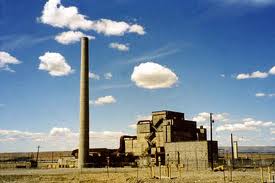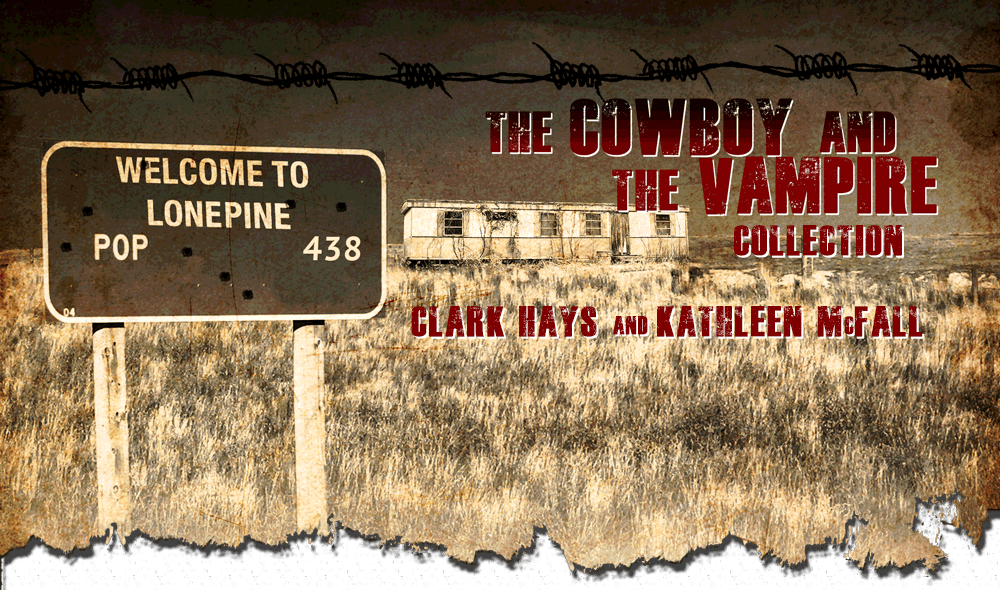Home > Soapbox > Searching for the atomic bomb and stumbling on the state of science
Searching for the atomic bomb and stumbling on the state of science
 I went in search of a beginning to the atomic bomb. I went to the site of the Manhattan project to look. There, I found lots of beginnings, along with a stubborn loose end.
I went in search of a beginning to the atomic bomb. I went to the site of the Manhattan project to look. There, I found lots of beginnings, along with a stubborn loose end.
One beginning is related to organization. During World War II, the military kicked everyone out of White Bluffs, Washington, mobilized 51,000 workers from around the country, and each day, served 50 tons of food and sold 16,000 packs of smokes. Camels. Staggering managerial talent. Not bad cigarettes either.
Before that, there was a scientific beginning, when Fermi, Szilard and pals constructed their miniature tabletop nuclear reactors. The chain reaction: damn, they must have thought, we did it, proof of concept. Throw Einstein’s historic letter to President Roosevelt into that mix and suddenly, science had its urgent service.
Even that beginning wanders back another dozen years or maybe even a century. To a monk, a scientist, a post-doc; together, a collection of anonymous but prepared minds, passing information from notebook to brain to lab, and back again.
Eventually, cumulative knowledge burrowed in the minds of the nuclear pals where, from historical hindsight, we now observe, it exploded. An intellectual chain reaction — contemporary science has many parents. Each beginning begets a new one, an eternal return.
But this fact serves little purpose.
And so went the pop-pop-pop of my undisciplined adrenaline-fueled thoughts inside the atomic zone. I had twelve hours and only my memory and scribbles on which to rely. Why? Cellphones and cameras? Strictly prohibited.
 Hanford is part of the once top-secret Manhattan Project and it was here, along 51 miles of the Columbia River in the 1940s, that brilliant scientists, engineers, soldiers, thousands of laborers (but only those who were not eligible to be conscripted into war, so mostly flat-footed middle-aged fathers and soon-to-be Camel smokers), white-collar government officials and billions of dollars intersected for the sole purpose of extracting plutonium from uranium, tablespoons of which would be eventually toted in a modest faux-leather briefcase by an important general via regular train to Los Alamos where another dream-team would use the plutonium to build a bomb (Fat Man) that would one day vaporize hundreds of thousands of people, end a world war, forever alter the geopolitical landscape and usher in endless grief along with a controversial new source of electric power.
Hanford is part of the once top-secret Manhattan Project and it was here, along 51 miles of the Columbia River in the 1940s, that brilliant scientists, engineers, soldiers, thousands of laborers (but only those who were not eligible to be conscripted into war, so mostly flat-footed middle-aged fathers and soon-to-be Camel smokers), white-collar government officials and billions of dollars intersected for the sole purpose of extracting plutonium from uranium, tablespoons of which would be eventually toted in a modest faux-leather briefcase by an important general via regular train to Los Alamos where another dream-team would use the plutonium to build a bomb (Fat Man) that would one day vaporize hundreds of thousands of people, end a world war, forever alter the geopolitical landscape and usher in endless grief along with a controversial new source of electric power.
I wrote those words late in the day in the margins of the handout the energy department guide gave us when we boarded the bus.
To start our daylong tour, the 50 or so of us who snagged one of the few public passes doled out each year by the Department of Energy on a first-come-first-served basis loaded up onto a government tour bus after watching the welcome video. The demographic was similar to a jury: retired, unemployed, freelance writers. Clark and I were the youngest by a decade or even two.
Quickly, it was clear. Beneath each detail was a story, and then another, layer upon layer, a scientific stratigraphy. Inside the reactor, a guide pointed out a delicate pencil drawing of Popeye-the-sailor-man on a slab concrete wall. Popeye’s muscles still popped. The artist? A bored laborer, he speculated. The earnest guide guided me to the “command” chair where I sat and imagined pulling, pushing and cursing the levers which together controlled the newly borne reactive sequence smashing through thousands of boron rods making up the infant physiology of Fat Man. Name? Simply “Reactor B.” Scientific minimalism.
Those early engineers, scientists and soldiers at Hanford had no regard for the health of future generations. They were busy creating Fat Man’s body parts. Charitably, I’ll assume they didn’t know about the mess they left behind. We saw that part of Hanford next.
Thankfully, for the good citizens of the Tri-Cities, I found an end there in the form of a vitrification plant that will take all that crazy radioactive waste, melt it, harden the syrupy mass into glass and bury it really away far deep somewhere, football fields deep.
Yet, in contrast to the Manhattan Project, the vitrification plant has all kinds of managerial problems, cost overruns and scientific conflict. Juxtaposed against the magnificently successful Reactor B, the glass-blowing plant is an unexpected symbol explaining in part why the public no longer trusts scientists. They don’t. A recent poll I happened to read shortly after my visit to Hanford showed how bad it’s become.
And then it hit me. Like form follows function, science journalism follows funding. Today, we fund – and thus communicate about – science in the most fucked up, fractured way possible. Hanford bears tragic witness to this truth.
Drip, drip, drip goes the radioactive waste.
Drip, drip, drip mirrors individual scientific discovery and re-discovery and competition and secrecy and contradiction and argument about how to make the waste go away.
Sis, boom, bah go the cadre of science journalists, amplifying the dysfunction, paid by the word, struggling to create an understandable and engaging storyline amidst the drip, drip, drip of discovery.
It’s ironic, no, painful, even sad, that Hanford casually represents a moment in history when we got it right regarding how to support science. Give a bunch of brilliant people money, a strict deadline and a cause. Insist they work together. What do you get?
Fat Man and his progeny – 25 percent of the electricity that fuels America, to name just a few offspring.
What do we do now instead? We throw a bunch of brilliant scientists into the capitalistic mix master, dole out cash mostly to individuals and pit them against one another in a government-scientific-university industrial complex that, in the end, piles up egos, pseudo-impact factors and incestuous awards as metrics of success. And what do we get?
Football fields full of individual published papers, orphans and a multitude of scientists unable to provide the intellectual connective tissue in a system exploding with new knowledge every minute. And a public that has good reason to be suspicious.
Why do we often get things right in scientific advances during times war – of the hot or cold or economic type? I did not find a firm beginning or an end to atomic bombs at Hanford. Instead, I found that question, the very loose end.
